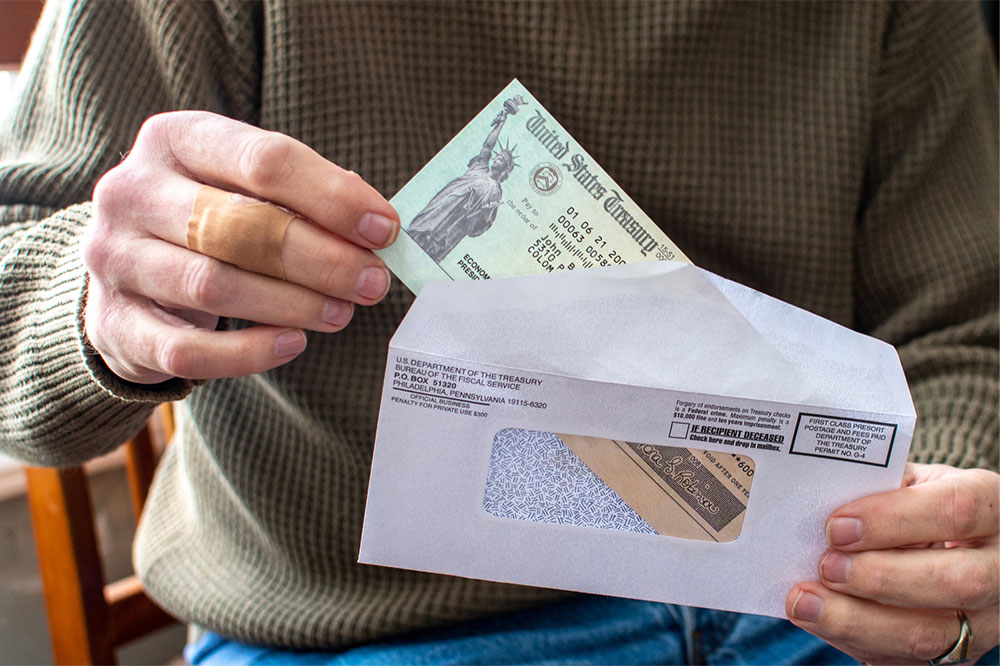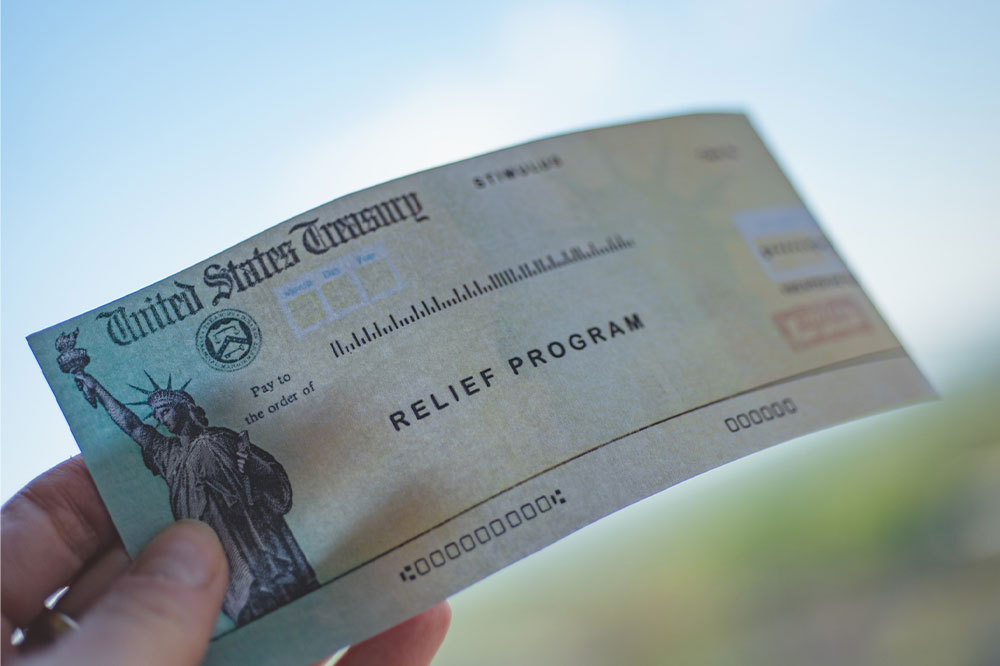A Complete Guide to Government Stimulus Payments
This comprehensive guide explains government stimulus payments, their history, and strategic ways to utilize these funds effectively. Covering past stimulus packages and tips for making the most of relief checks, it provides valuable insights for taxpayers seeking financial stability during economic challenges.
A Complete Guide to Government Stimulus Payments
Stimulus payments are direct financial aid issued by the government to qualified taxpayers to support their purchasing power. These payments aim to boost economic activity during challenging times, such as economic downturns or crises, by encouraging consumer spending and confidence. During recent emergencies, the IRS has efficiently distributed these funds to assist citizens facing unemployment and financial strain. Unlike tax deductions, stimulus checks provide immediate relief, helping stabilize households and stimulate economic growth in uncertain periods.
Understanding Stimulus Assistance
Stimulus checks differ from tax credits, as they are direct payments rather than reductions applied during tax filing. They serve as immediate support to households during economic downturns, fostering stability and confidence during tough times.

Historically, the federal government has issued stimulus packages during major economic crises like the Great Recession and the COVID-19 pandemic. From March 2020 to March 2021, multiple rounds of direct payments were sent to families, providing crucial financial relief amid skyrocketing unemployment and poverty. The goal has always been to assist low-income households most impacted.
Historical Timeline
February 2008: The Economic Stimulus Act allocated $120 billion, providing up to $600 per individual, $1200 for couples, and $300 per child. These measures aimed to stimulate the economy under President George W. Bush.
February 2009: The ARRA Act issued $250 checks, totaling $14.2 billion. Some Americans received direct payments, while others gained through tax reductions, with income limits reducing benefits for higher earners.
March 2020: As part of the CARES Act, Congress approved a $2 trillion aid package, sending $1200 checks to individuals and $2400 to couples, with an extra $500 per child.
December 2020: An additional $600 payments were distributed under a supplemental bill, with the IRS beginning payouts on December 29.
March 2021: The ARPA plan delivered $1400 payments, phased out for higher-income groups, starting mid-March, targeting those earning less than $75,000 for individuals.
Maximizing Your Stimulus Funds
Considering your financial situation, strategic use of these funds can provide long-term benefits. Consider opening a high-interest savings account for future needs, pay down high-interest debt, or refinance your mortgage for better rates. If financially stable, using some money to reduce debts can improve credit scores and financial health.
Looking Ahead
Experts suggest that a fourth COVID-19 stimulus payment is unlikely as economic indicators improve, but some states may issue their own relief checks. While the effectiveness of these measures remains debated, they aim to restore economic stability by boosting consumer spending. Whether these payments generate sustainable growth or just short-term relief continues to be studied, but their recent popularity underscores their role in economic support strategies.










